The history of Hawaii’s food, initially rooted in the canoe plants and items brought and cultivated by Polynesian settlers around 400 AD, took a dramatic turn in the mid-19th century. Changes in how crops were raised — monoculture crops, pineapple and sugarcane, raised on plantations — caused massive shifts in economy, labor, culture, and populations. Massive shifts in Hawaiian society came during the Great Mahele in 1848, which established land ownership for the first time and opened the door for foreign businessmen to purchase land for large scale sugar operations. In 1850 the Hawaiian government passed the Masters and Servants’ Act, creating the contract labor system that governed the plantations for the following 50 years.
In 1852 the first foreign contract workers arrived in the Islands to work on the plantations. This initial wave came from China and opened the floodgates for the cultural fusion that was to come. Labor and economic factors continued to bring droves of international people and flavors, sewing them directly into the fabric of Hawaiian cuisine, and creating a fascinating cultural history.
While the dishes may not be quite the same — some may have fallen out of favor, while others transformed to something more contemporary — the classics will always be respected and revered. Here are some of them.
Chinese
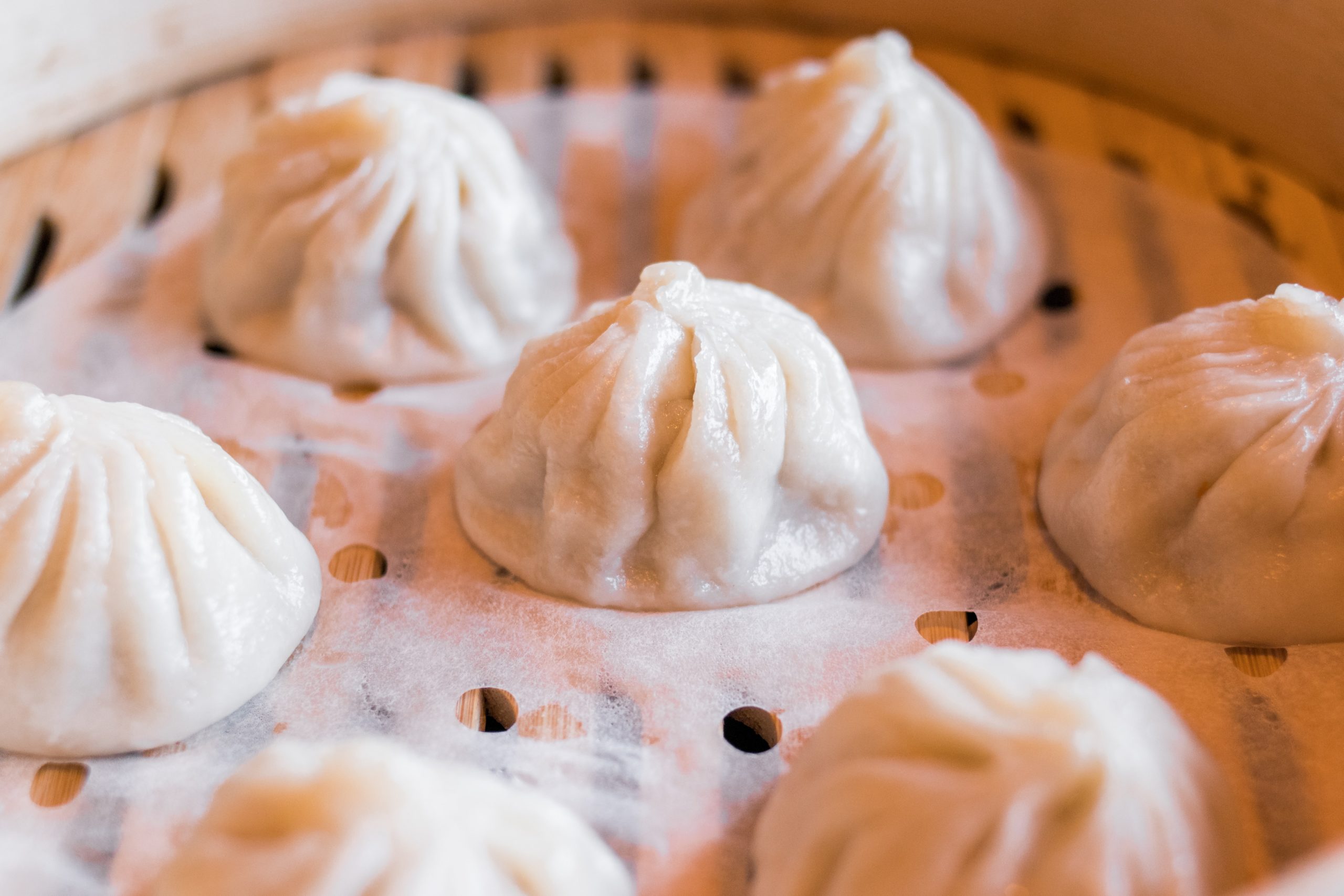
Chinese laborers first arrived in Hawaii in 1852, serving as strikebreakers when native Hawaiians left the sugar plantations due to low pay and poor working conditions. The Chinese population subsequently ballooned from approximately 400 people to more than 18,000 in a matter of 30 years. With them, they brought some Cantonese favorites that are still popular today, like char siu and manapua, as well as staples like rice and saimin.
Dim sum, stir fry, dumplings, sweet and sour dishes, and li hing mui are just a few of the dishes that were brought to Hawaii from China. Though Chinese laborers were the first workers to arrive and make a significant contribution to Hawaiian society, the U.S. government — which had recently acquired Hawaii as a territory — greatly limited the numbers of workers, which also limited their influence.
Where to Find It
Most of the truly impressive Chinese food restaurants can be found on Oahu. Find the kind of dim sum that makes the outer Islands jealous at Happy Days Seafood Restaurant. For an authentic Chinese experience, try Peking Duck Kitchen. Oahu doesn’t have the market cornered on crack seed, though — 5-Spice in Hilo is a great choice for some sweet and sour snacks.
Portuguese
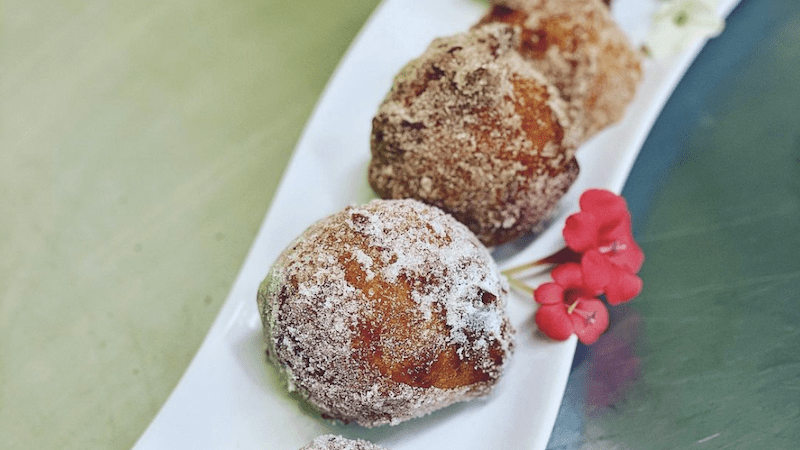
Though not related to the plantations, economics also drove initial Portuguese influences to the Islands. In the early 19th century, sailors who were part of the fur and whaling trades began traversing the Islands, bringing with them the salted fish that they needed for extended journeys. This sailing staple eventually became lomi salmon, now a fixture for luaus and large gatherings. Eventually, in 1877, Portuguese immigrants were brought in to work the sugar fields. Their families were able to join them and by the early 20th century Portuguese immigrants made up nearly 10 percent of the population. Once they set in roots, they also gave Hawaii the gift of Portuguese sausage, now a breakfast staple, as well as sweet bread.
Where to Find It
Malasadas are a must for any fan of sweets. Grab a pink box full at Leonard’s on Oahu or watch the magic happen at Tex Drive In on Hawaii Island. Snag a package of hot or mild Portuguese sausage at almost any grocery store or order it with your breakfast at Eggs ‘n Things on Oahu or in your Pork Fried Rice at Kihei Caffe on Maui.
Japanese

Probably the most influential international cuisine in Hawaii, Japanese food gives us everything from sashimi to tofu, bentos to shave ice. In 1885 a major shift happened in Japan, opening the previously isolated country to the world. This not only let Western influences affect its food, leading to the Yoshoku-style of food that we see in dishes like tonkatsu and omurice, but also allowed Japanese citizens to work outside of Japan. They arrived in the Islands in 1868, created a massive population boom in Hawaii, as well as one of the largest ethnic minorities and food influences that stretch across the Islands’ many plates and restaurants. Even the Japanese preference for short grain rice can be seen today, pushing out the Chinese long grain rice that came before it.
Where to Find It
For a high-end take on contemporary Japanese cuisine, Nobu on Lanai is a dining experience that can’t be beat. For something a little different than traditional fish dishes, head to Ginza Bairin in Waikiki to explore Yoshoku-style plates. To try Hawaiian shave ice that was influenced by Japan’s finely scraped ice, Gecko Girlz Shave Ice in Kona or Breakwall Shave Ice in Lahaina (they put booze in it!) are good bets. Here’s where to find the Best Sushi on Kauai, and if you’re looking for sweets, hop in the long line at Patisserie Nanako in Waimea (Hawaii Island).
Puerto Rican
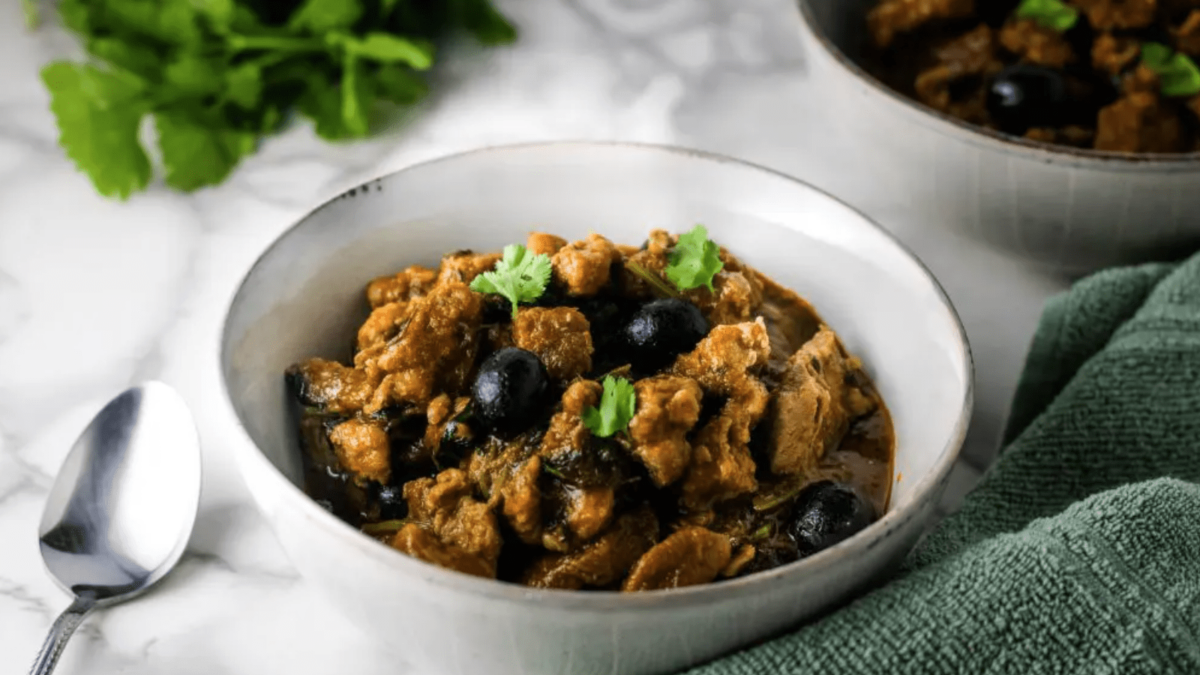
Labor issues were once again a driving factor in 1900 when Japanese sugarcane workers began striking. Puerto Rico was a newly acquired territory at the time, and recent hurricanes on the Caribbean island had destroyed their crops, leaving a job shortage. This made it a fairly smooth transition to bring experienced sugarcane workers in to pick up the labor. What they ended up putting down was roots (though at much smaller numbers than previous groups) and bringing in some beloved dishes including pastele stew, honto (gandule) rice, and panadejas.
Where to Find It
Some of the best Puerto Rican food in the Islands comes from small kitchens who sell their wares at roadside stands, trucks, and farmers markets (just be sure to look for a food license). Find pastele stew, honto (gandule) rice, pork and peas, and panadejas to take home or out for a picnic.
Korean
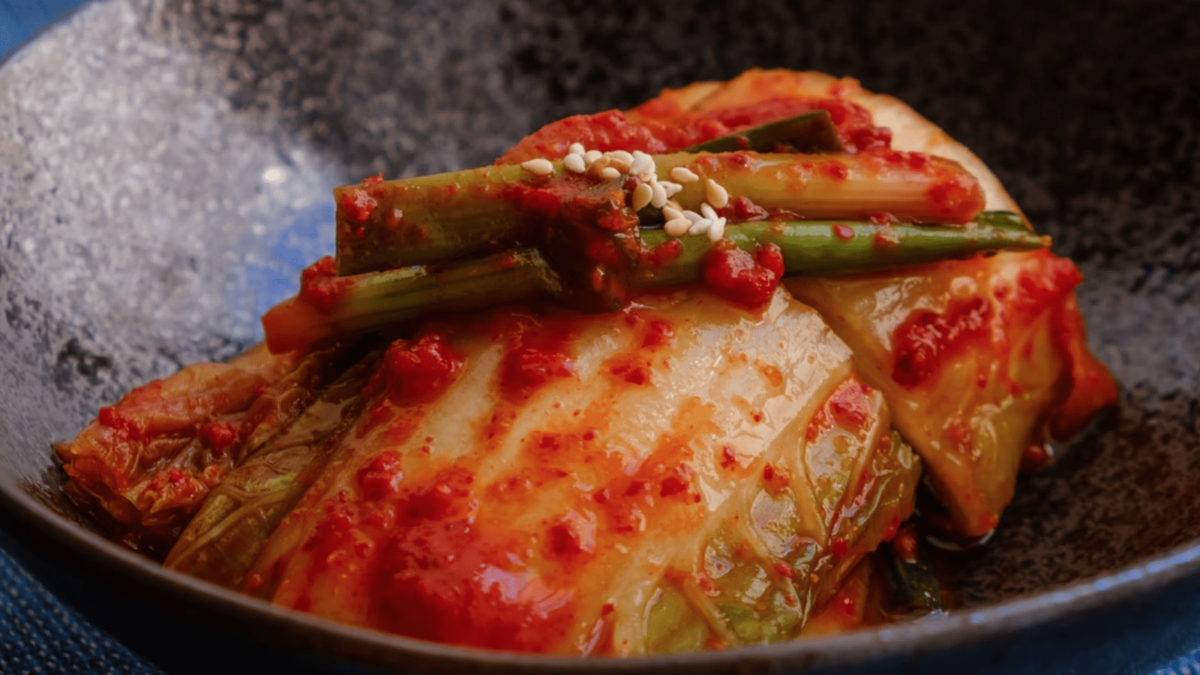
A few years after the Puerto Rican strikebreakers were brought in, the plantations once again needed labor to aid with striking Japanese workers — this time in the pineapple fields. In 1902 the plantation owners sent a recruiter to bring back (illegal immigrant) workers, and with them came one of Hawaii’s favorite foods, kimchi. In addition to the exquisitely funky, tangy cabbage condiment they brought additional strong, fermented flavors like gochujang and dishes like bibimbap. Korean fried chicken, a very popular dish in Hawaii, didn’t make it over until after the Korean War when another wave of Korean immigrants came through, this time legally.
Where to Find It
Kimchi can be found at almost any grocery store, as well as a side option for most plate lunches and other dishes. Korean BBQ has become a dining experience in and of itself and while there are plenty of great options, Gen Korean BBQ House is a favorite spot. For a new, trendy Korean dish alongside the classics, try corn cheese at Cafe Princess Pig (Oahu). A rotating menu of monthly specials keeps diners coming back for more at O’Kim’s Korean Kitchen in Chinatown.
Filipino
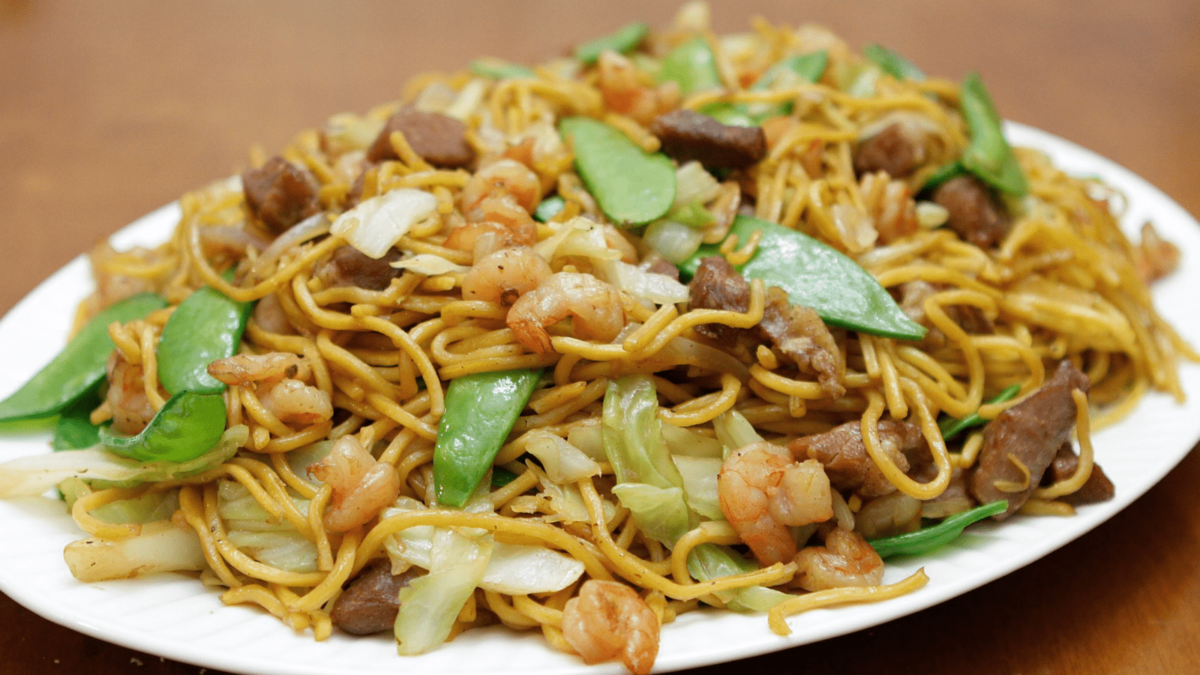
1916 saw a mass immigration of Filipino workers into Hawaii to work on the sugar plantations. A few additional waves followed, and with them they brought stews, curries, pork, garlic, and vinegar to the forefront with adobo, pork and peas, and pinakbet. As of 2010, Filipinos surpassed Japanese as the largest ethnic group in Hawaii, but you won’t find as many Filipino restaurants as you’d expect considering that statistic. Instead, the fragrant aromas typically spread out from kitchens across the Islands, though Filipino food is starting to be seen at more restaurants as contemporary chefs bring traditional dishes into new light. Easy-to-eat lumpia can be found in farmers markets, and their most important contemporary culinary contribution can be seen splashed all over Instagram in purple-hued desserts crafted with ube, a sweet purple yam.
Where to Find It
Try the pancit, papaya chicken, and lumpia at Kauai Family Cafe where the portions are large and the food is flavorful.
Did we miss your favorite restaurant?
Our always-hungry team of foodies have compiled this list.
Please let us know if we’ve missed your favorite eat@localgetaways.com.
For more Local-inspired Hawaii travel tips? Subscribe to our Aloha Friday Newsletter?
Follow us on Instagram @localgetaways!



